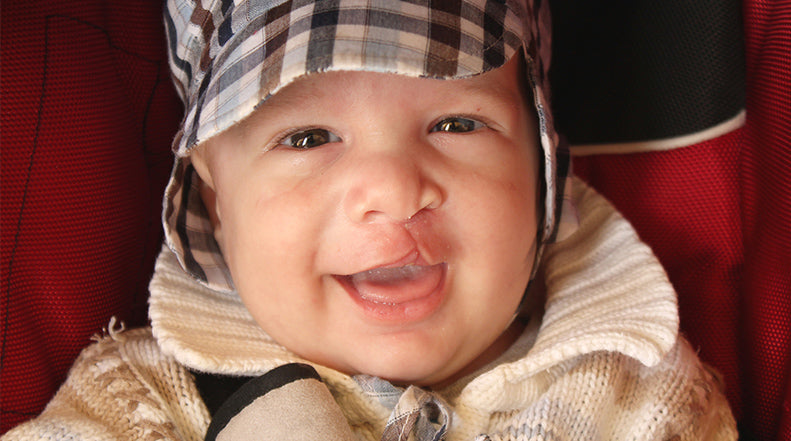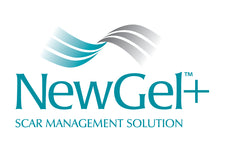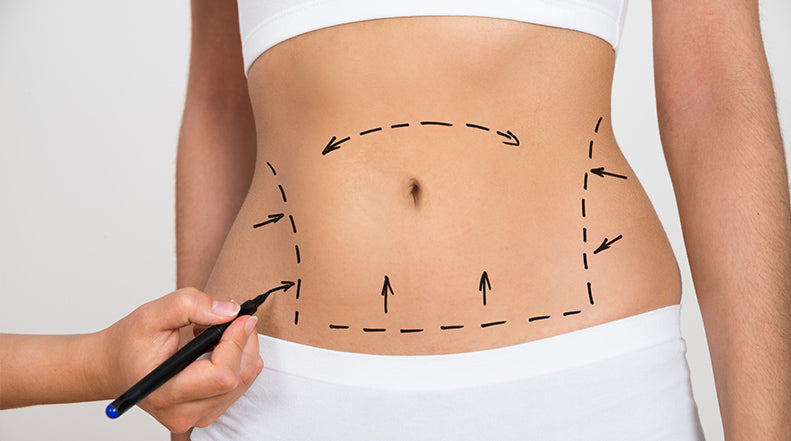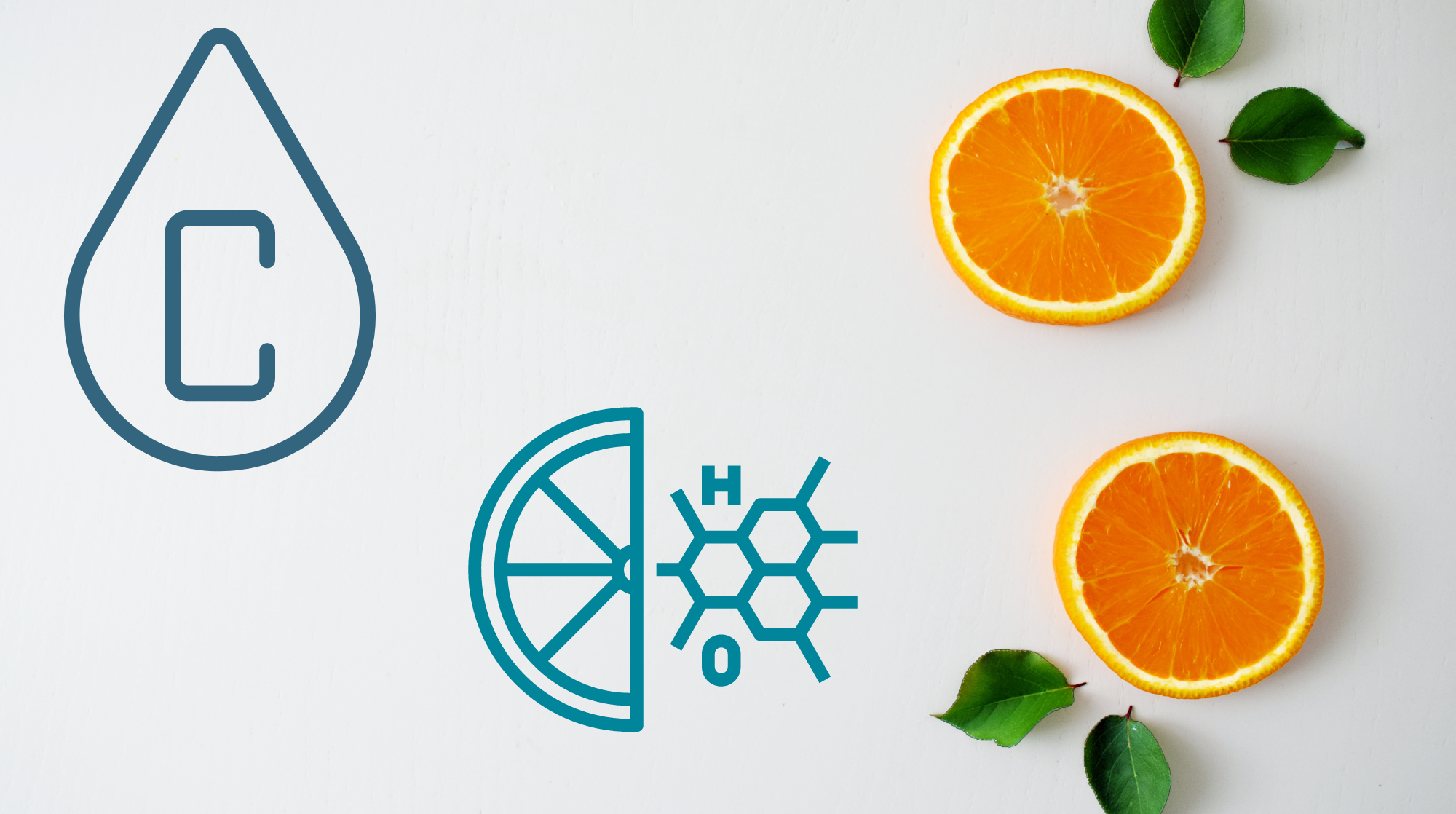Cleft Palate Recovery

A cleft palate is a birth defect that occurs when a baby’s lip or mouth does not form properly during pregnancy. The roof of the mouth (palate) is formed between the sixth and ninth weeks of pregnancy, and a cleft palate happens if the tissue that makes up the roof of the mouth does not join together completely while the baby is in utero. For some babies, both the front and back parts of the palate are open, for others only part of the palate is open. This type of birth defect is commonly referred to as “orofacial clefts” by medical professionals. According to the CDC each year in the United States, about 2,650 babies are born with a cleft palate and 4,440 babies are born with a cleft lip with or without a cleft palate. Isolated orofacial clefts, or clefts that occur with no other major birth defects, are one of the most common types of birth defects in the United States. Depending on the cleft type, the rate of isolated orofacial clefts can vary from 50% to 80% of all clefts.
WHAT CAUSES A CLEFT PALATE
The causes of a cleft palate are mostly still unknown by researchers and medical professionals. However there are theories that cleft palates are caused by a combination of genes and other factors like what the mother came into contact with, what she eats or drinks or certain medications she uses while pregnant. Recently, the CDC reported about some factors that can increase the chance of having a baby with a cleft palate:
- Smoking―Women who smoke during pregnancy are more likely to have a baby with a cleft palate than women who do not smoke.
- Diabetes―Women with diabetes diagnosed before pregnancy have an increased risk of having a child with a cleft palate, compared to women who did not have diabetes.
- Use of certain medicines―Women who used certain medicines to treat epilepsy, such as topiramate or valproic acid, during the first trimester (the first 3 months) of pregnancy have an increased risk of having a baby with a cleft palate, compared to women who didn’t take these medicines.
CLEFT PALATE SURGERY
Reconstructive surgery for a cleft palate is done when the child is between 9 months and 1 year old. The surgery is put off until this age because it allows the palate to change as the baby grows and will help prevent further speech problems as the child develops. The goal of cleft lip surgery is to close the separation in the lip and restore normal function, structure and appearance to the upper lip. During surgery incisions are made on either side of the cleft to create flaps of tissue that are then drawn together and stitched to close the cleft.
The repair of a cleft palate requires repositioning of tissue and muscles to close the cleft and rebuild the roof of the mouth. Incisions are made on either side of the cleft and specialized flap techniques are used to reposition muscle and the hard and soft components of the palate. The repair is then stitched closed, generally at the midline of the roof of the mouth, providing enough length of the palate to allow for normal feeding, speech development and continued growth throughout life. Cleft palate incisions can be closed with removable or absorbable sutures.
The resulting external scars of a cleft repair are generally positioned in the normal contours of the upper lip and nose. Over time, these scars will fade and the child's ability to grow and function normally will continue to improve.
RECOVERY PROCESS
After a child has had reconstructive cleft palate surgery it is important to keep the stitches clean and without crusting. Parents will be shown how to clean the suture line and apply ointment while in the hospital. It is important to keep the child from hurting the incision or putting hands or toys in their mouth during recovery. Children will typically wear arm restraints for up to 10 days after surgery to keep them from bending their elbows, gaining access to their mouth and disrupting the healing process. Children spend one night in the hospital and are discharged once they begin to drink an adequate amount of fluids.
NewGel+ offers a silicone gel for scars that has a soft and silky feel to it. This gel dries quickly which is a great bonus when using it on a child. The gel is not sticky and also has no odor. All of these qualities create a great combination product for children. There will be no provoking smell that makes the child want to wipe away the product and the smooth application of the gel will not make the child uncomfortable. This product is safe to use on children ages 2 and up. Over time, the gel will flatten, fade and reduce the appearance of the scar. It can be used on both old and new scars. If your child still has a scar from cleft palate surgery, you do not have to be worried about starting this process too late. This gel can be used at any time. If your child is under the age of 2, consult your physician or surgeon and use any scar product under their direction.
Related Articles:




Comments